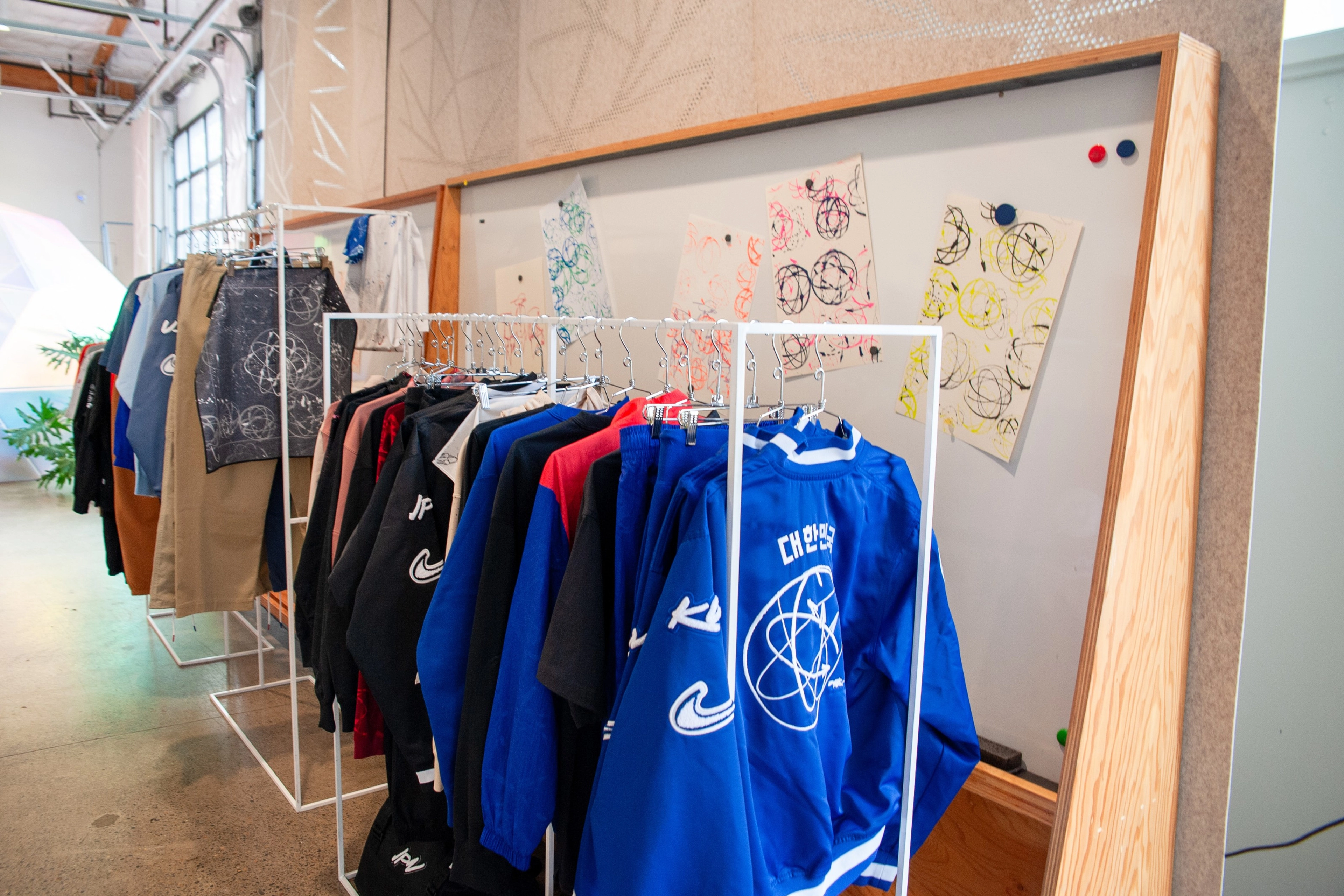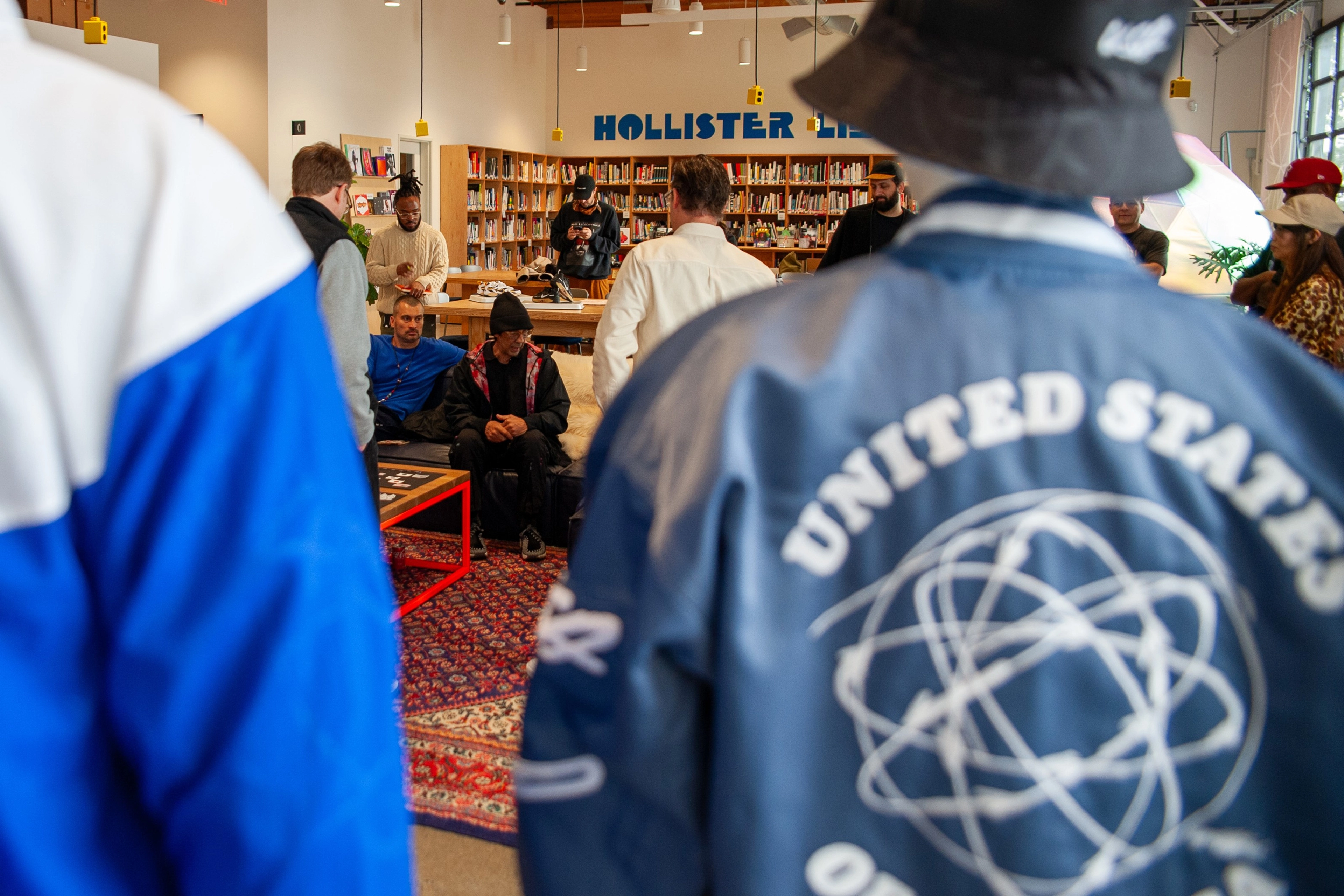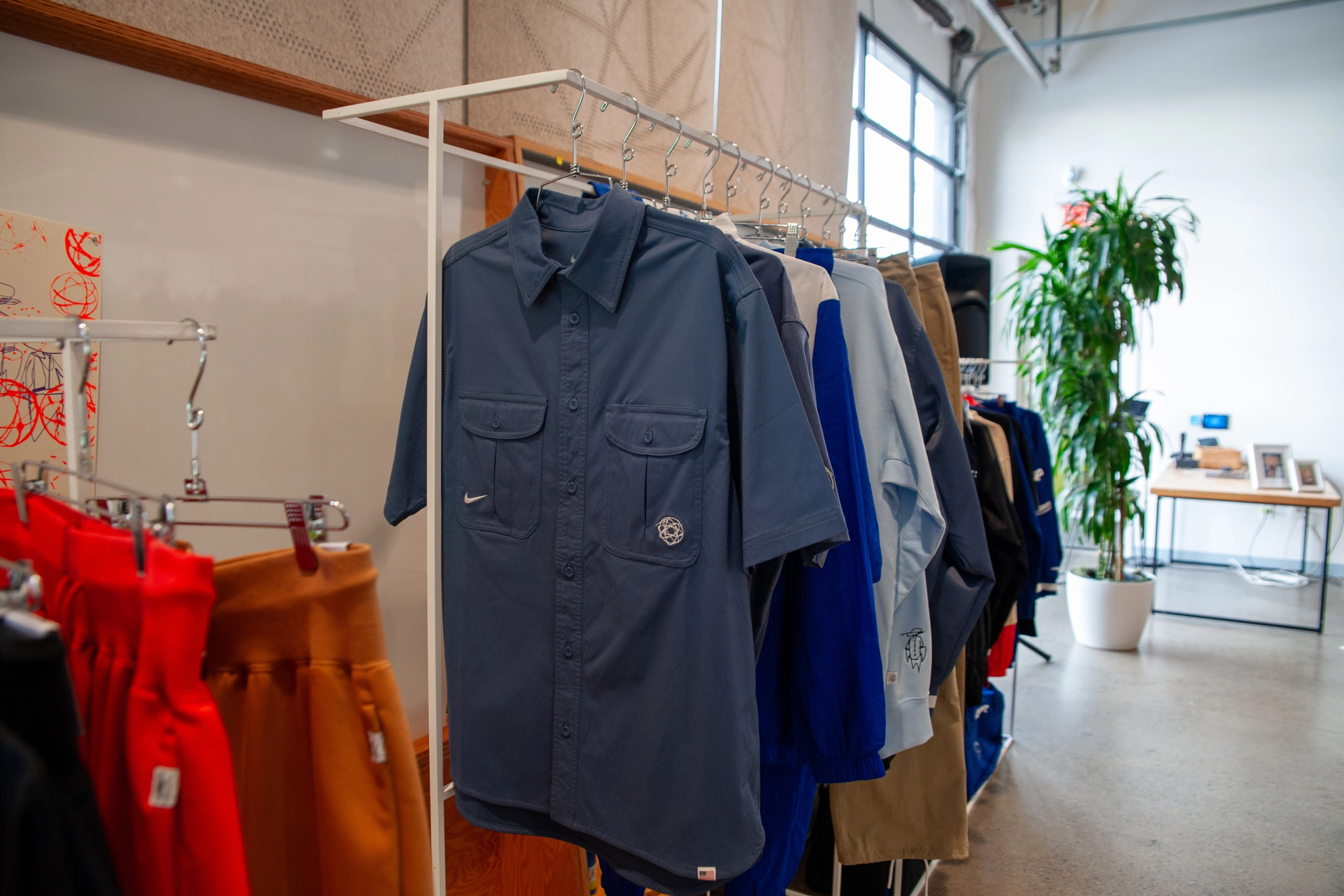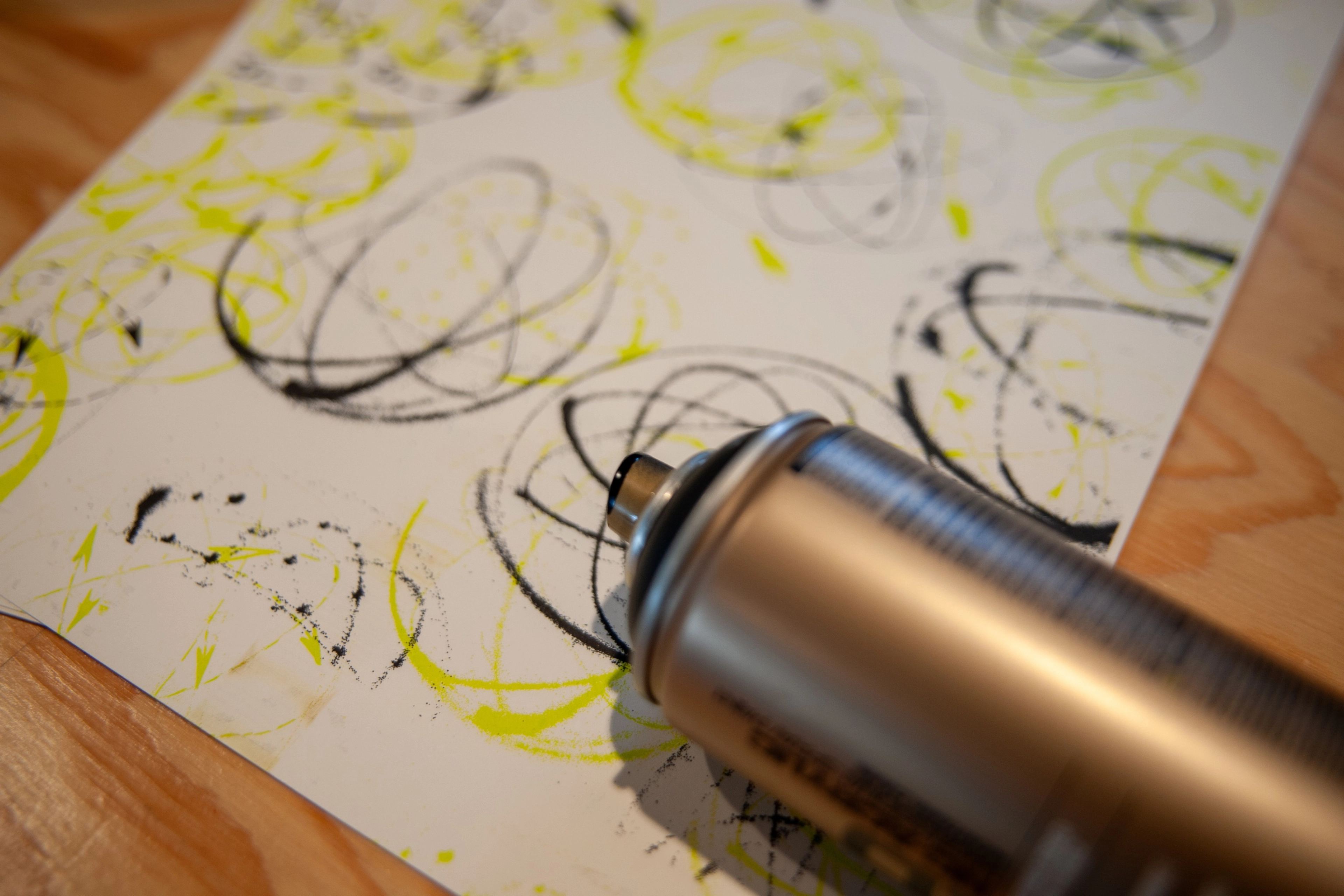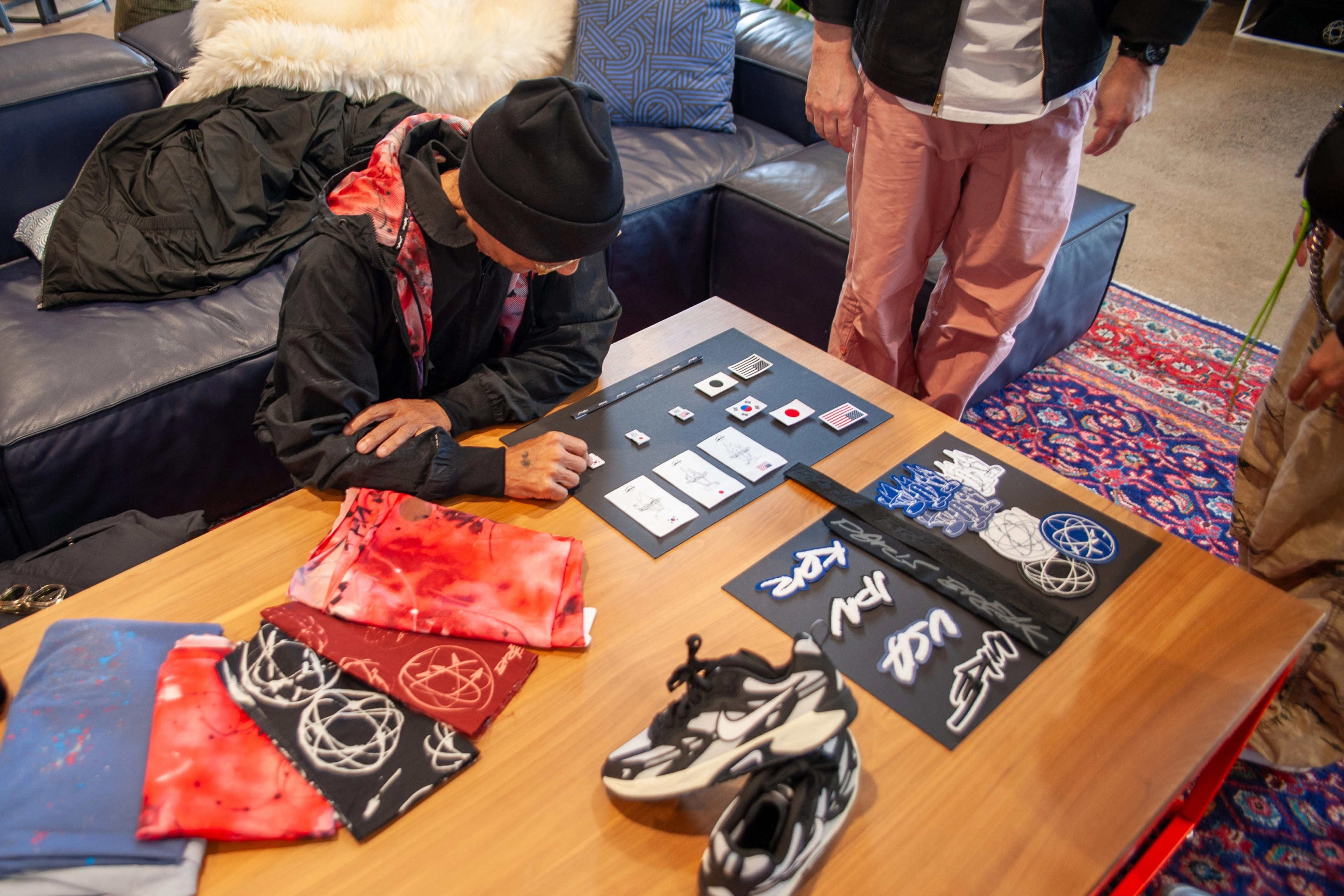Futura Brings Street Cred to Nike's Breaking Collection
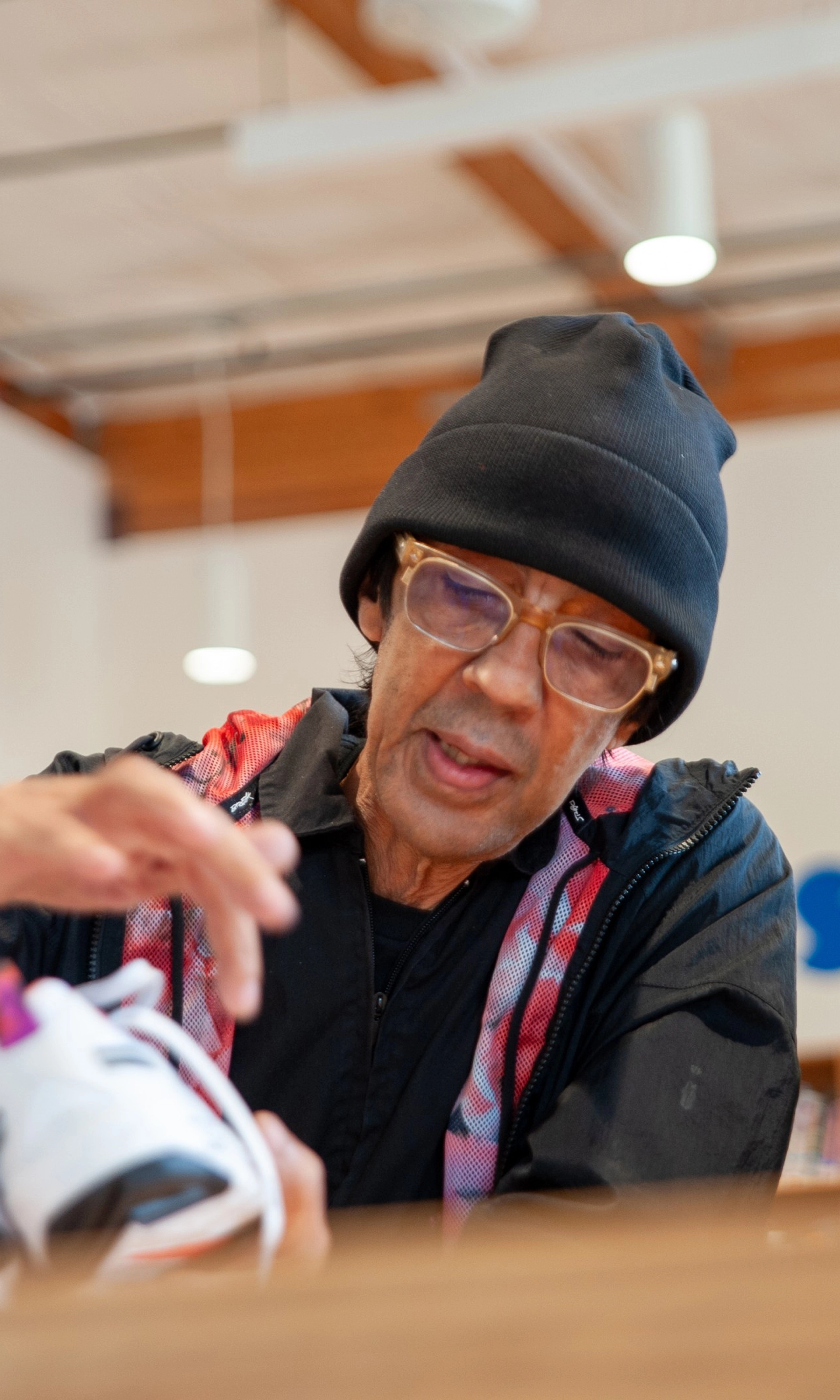
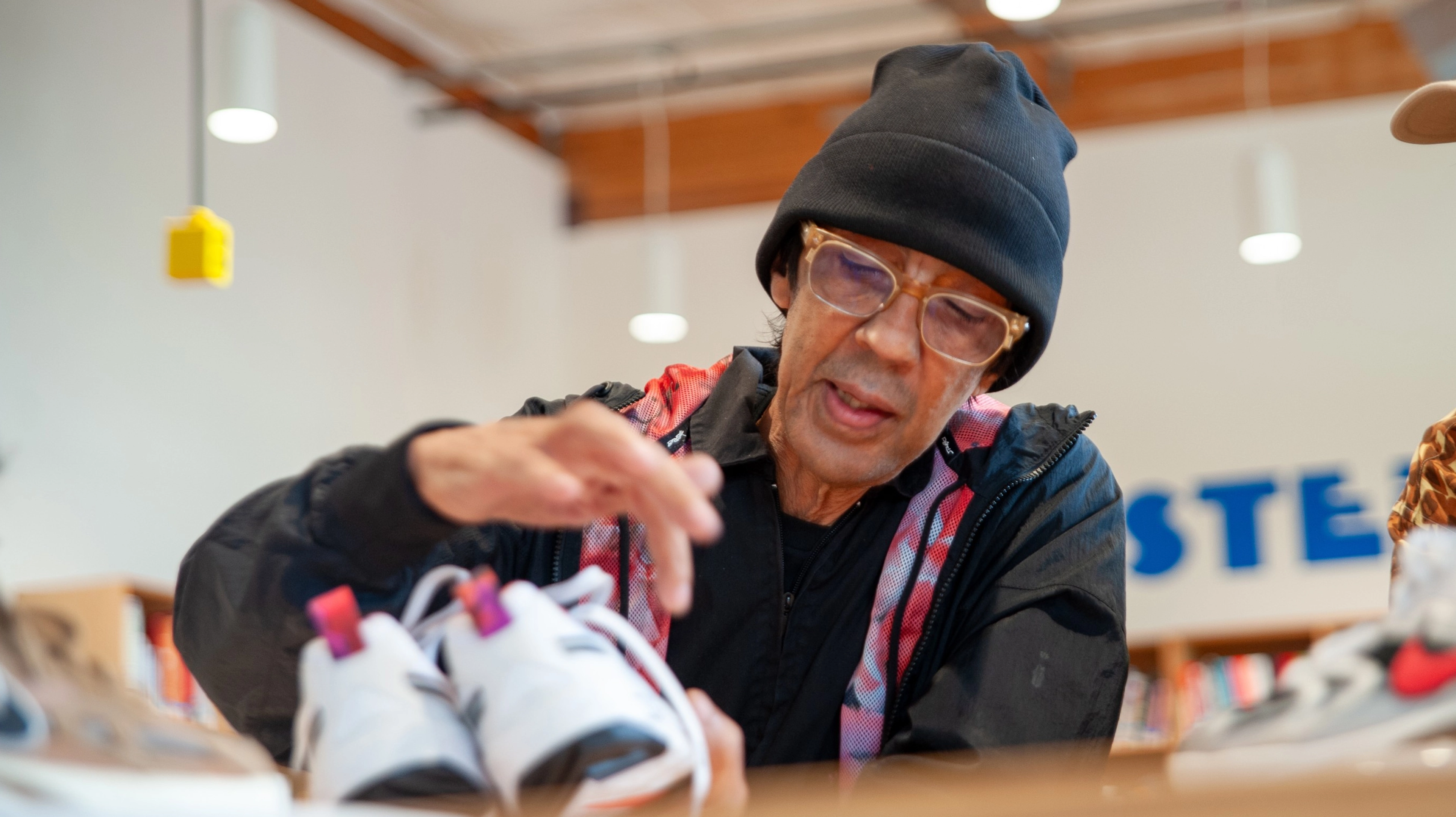
- July 15, 2024
The sounds of an unfamiliar beat shook the cobblestones in the City of Lights. The year was 1984, and the New York-born artist Futura had returned to Paris, painting backdrops alongside artist Dondi White for the Bronx-based Rock Steady Crew during the world's first International hip-hop tour. The group would later travel to France to face off against Paris City Breakers, a new dance crew that looked to measure its talent against New York’s best b-boys. The breaking subculture had drifted to Western Europe from New York City in the mid ’80s thanks to hit films like Flashdance and Beat Street. The dance style was quickly forming the fourth “pillar” of hip hop, joining MCing, DJing and graffiti art.
Futura — born Leonard Hilton McGurr — was completing a live graffiti installation during that dance battle. The faceoff was a transcontinental moment, something he could sense even as a young artist. He remembers how the music and the dance performances were collisions of underground cultures. Geography was channeled through the notes. For the breakers, geography was channeled through the wrists, the fingertips and the ankles.
“I’ve always had a special connection to France because of that tour,” says Futura, now 68. “France embraced us and this New York City art form. So, when I found out that breaking was going to debut as an event in Paris 40 years later, everything lined up beautifully.”
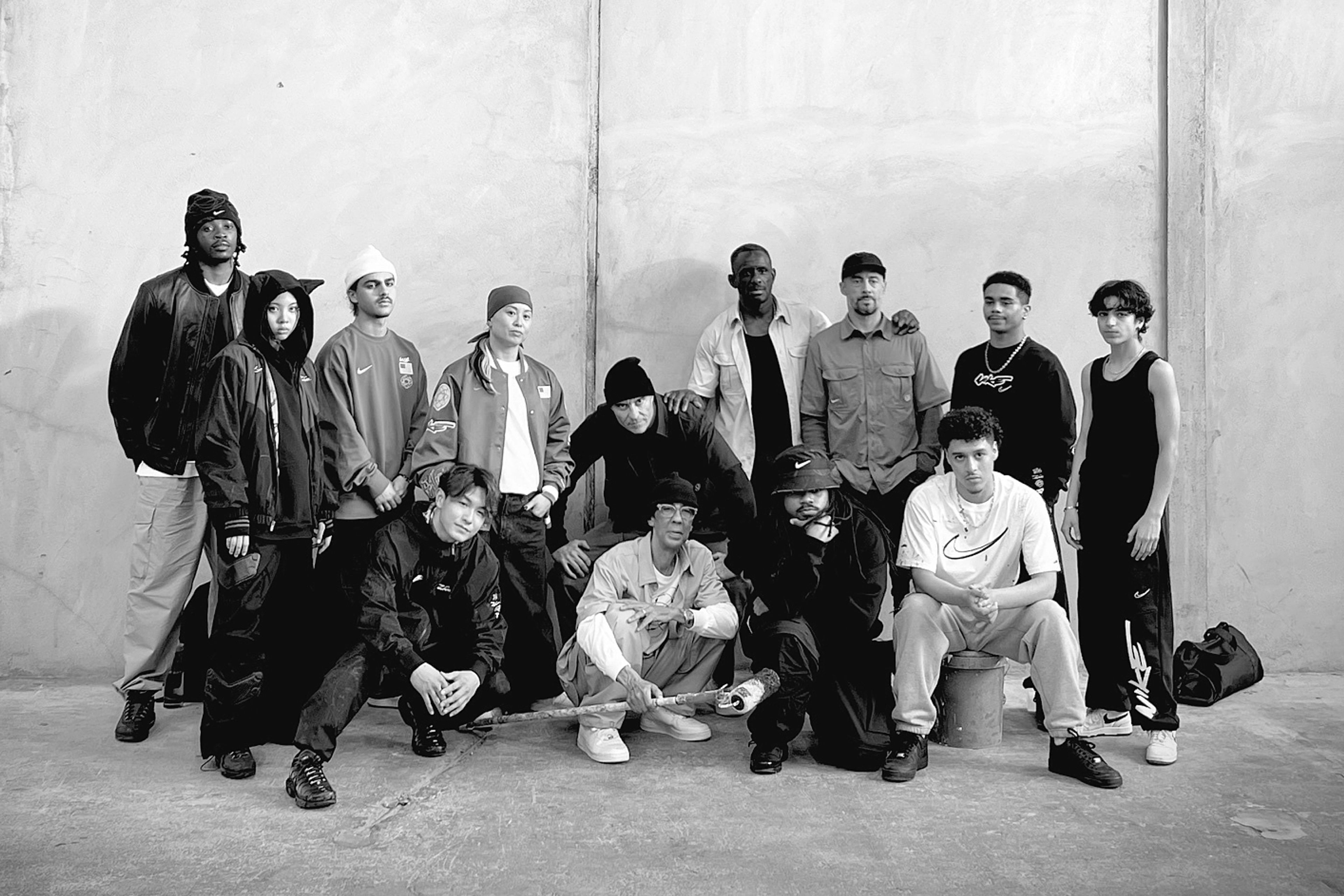
Earlier this spring, Futura [bottom row, second from left] reconnected with some original members of the Paris City Breakers, like SOLO and Frank Begue [top row, fourth and fifth from right]
That battle in Paris, Futura’s relationship to breaking, and his work with Nike all come full circle in his latest act: designing this year’s breaking kits for the United States, Korea and Japan, and helping introduce the new Nike Jam, the first shoe designed from the ground up for breakers.
"When I found out that breaking was going to debut as an event in Paris 40 years later, everything lined up beautifully."
In the world of breaking, few artists have been so integrated into the dance style’s rise as Futura. He rose to prominence in the ’70s as a new wave of underground NYC painters claimed the city. Futura’s art stood out among his peers. He introduced a kind of abstraction to graffiti in a time when it was mostly a letter-based discipline. Where he distinguished himself, he says, was how he interpreted those abstractions into characters, most notably the Pointman — almost extraterrestrial, grounded in poses that demanded to be contemplated. This inspired his contributions to the three Nike federation kits.
“Even though the countries have individual competitors, each of the federations seemed to me to belong to the same family. The kits would form one collection with three nations,” says Futura. “So how would each federation define a specific creative idea? I decided that each one would have its own character, or mascot.”
One benefit of using characters as a muse, he says, is how they naturally embody certain traits, attributes and skills in ways that an abstract design might not. Each of the mascots for the kits had to characterize the physical experiencing of breaking. Words like kinetic and fluid came to his mind. Atmospheric, a label that Futura uses to describe his art, naturally applies to the sight of a breaker at work; an airy lightness guides every move they make.
Another term central to Futura’s process was athletic. Elite breakers show off an athleticism on par with the world’s best gymnasts. In reflecting an airy motion among his mascots, Futura pays respect to the incredible physical abilities of the breakers competing in Paris.
“Artists in hip-hop have huge respect for what breakers are able to pull off,” says Futura. “Breakers are the ones pushing the limits of their bodies. Graffiti artists, DJs, MCs — we’re all afforded a longevity in our careers that breakers don’t have.” A breaker could blow out an ACL, Futura notes, and their career is over — but that doesn’t stop breakers from doing what they love. It’s also why, he adds, this Nike apparel collection had to serve the needs of breakers. “On the garments, my characters had to symbolize a physicality, the way they’re putting their bodies on the line,” he says.
Nike designers also asked Futura for his detailed feedback on the Nike Jam, a shoe developed with the feedback of hundreds of breakers who visited the LeBron James Innovation Building to embark on cutting-edge testing. The Nike Sport Research Lab supplied the rationale for many of the shoe’s technical details, such as which areas of the outsole to reinforce based on how much force breakers put on certain areas of their foot. Futura’s contribution was largely in recommending the shoe’s material choices — leathers on the panel overlays for a premium feel, suede over the eyestays for durability, chenille hits on the tongue for an unexpected touch of comfort. Breakers couldn’t feel like they were performing in an Alphafly, after all. A specific look and feeling had to come together in a delicate balance.
"Artists in hip-hop have huge respect for what breakers are able to pull off. Breakers are the ones pushing the limits of their bodies."
Futura has a rich history with Nike collabs. He’s been the creative spirit behind some of the most sought-after releases in the Nike SB line, including Dunks and P-Rods (his most recent design, a Dunk Low released in May, is easily a frontrunner for Dunk of the Year). A partnership built on that kind of longevity and mutual trust gives him a sense for when to dial up his creative additions and when to let the ingenuity of the silhouette stand on its own. Innovating isn’t always about creating a new shoe, he’s quick to say. It can mean imagining fresh material combinations that we’ve never seen before — just look at the Jam’s upper, where performance fabrics like engineered mesh are paired with traditional lifestyle fabrics.
He calls out another small detail. On a limited edition of the Jam releasing later this summer, the shoe sports Futura’s name on the tongue, in his swooping signature. Seeing his name adorned on a shoe still gives him chills, he says.
“A lot of artists would say that seeing their own signature is a big source of pride, because it’s one of the most original elements of their stories that live on in their work,” he says. “It’s the same kind of feeling I get whenever I see my name in any public space, whether that’s a subway wall, a gallery wall, or a product.”
Not that he could have ever predicted it back in those early ’80s days.
“If you would’ve told me as a young kid that this illegal thing I was doing, tagging walls, would eventually lead to something like this, I would’ve said you were crazy.”
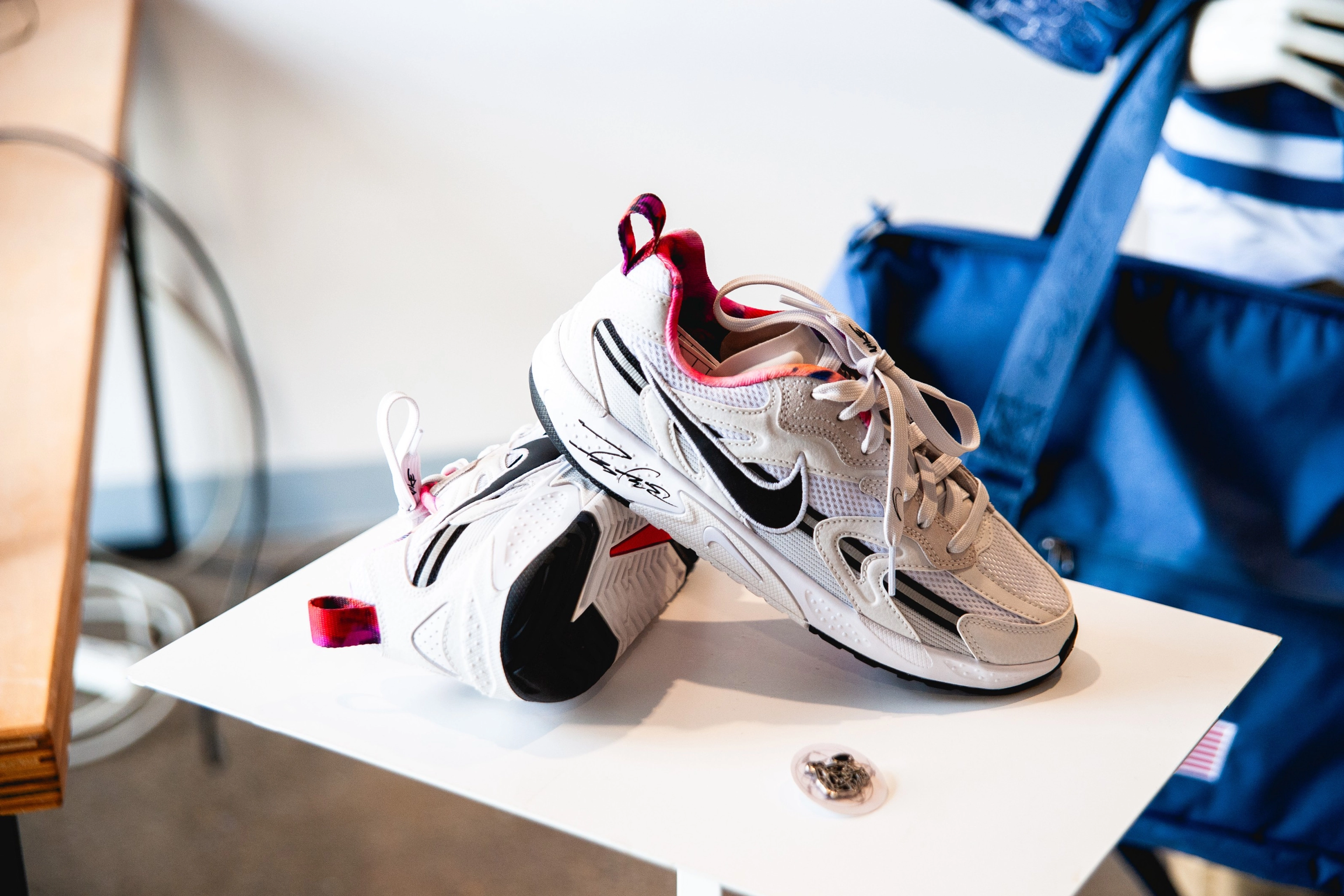
"[Seeing my name on the Jam] is the same kind of feeling I get whenever I see my name in any public space, whether that’s a subway wall, a gallery wall, or a product," says Futura.
